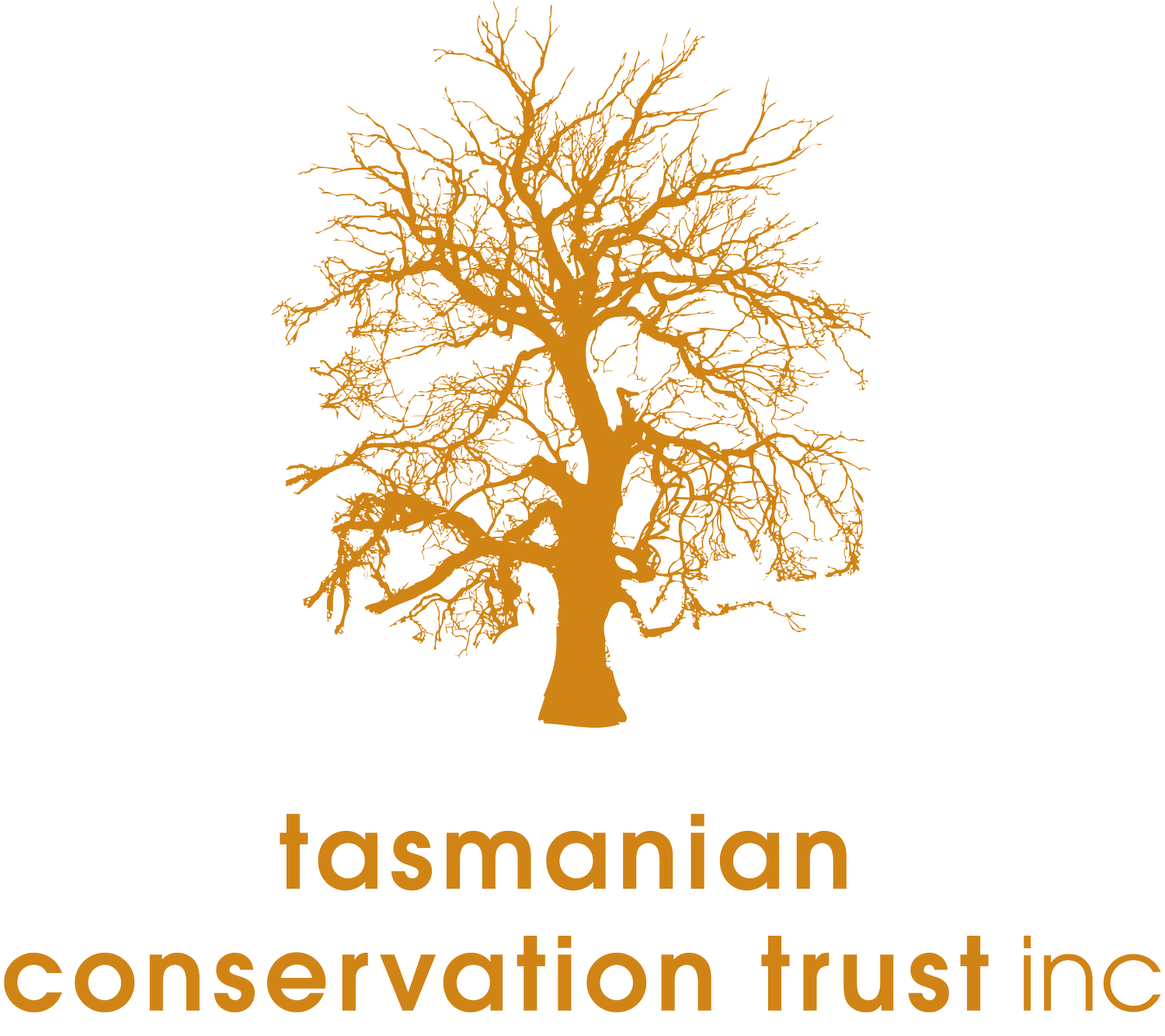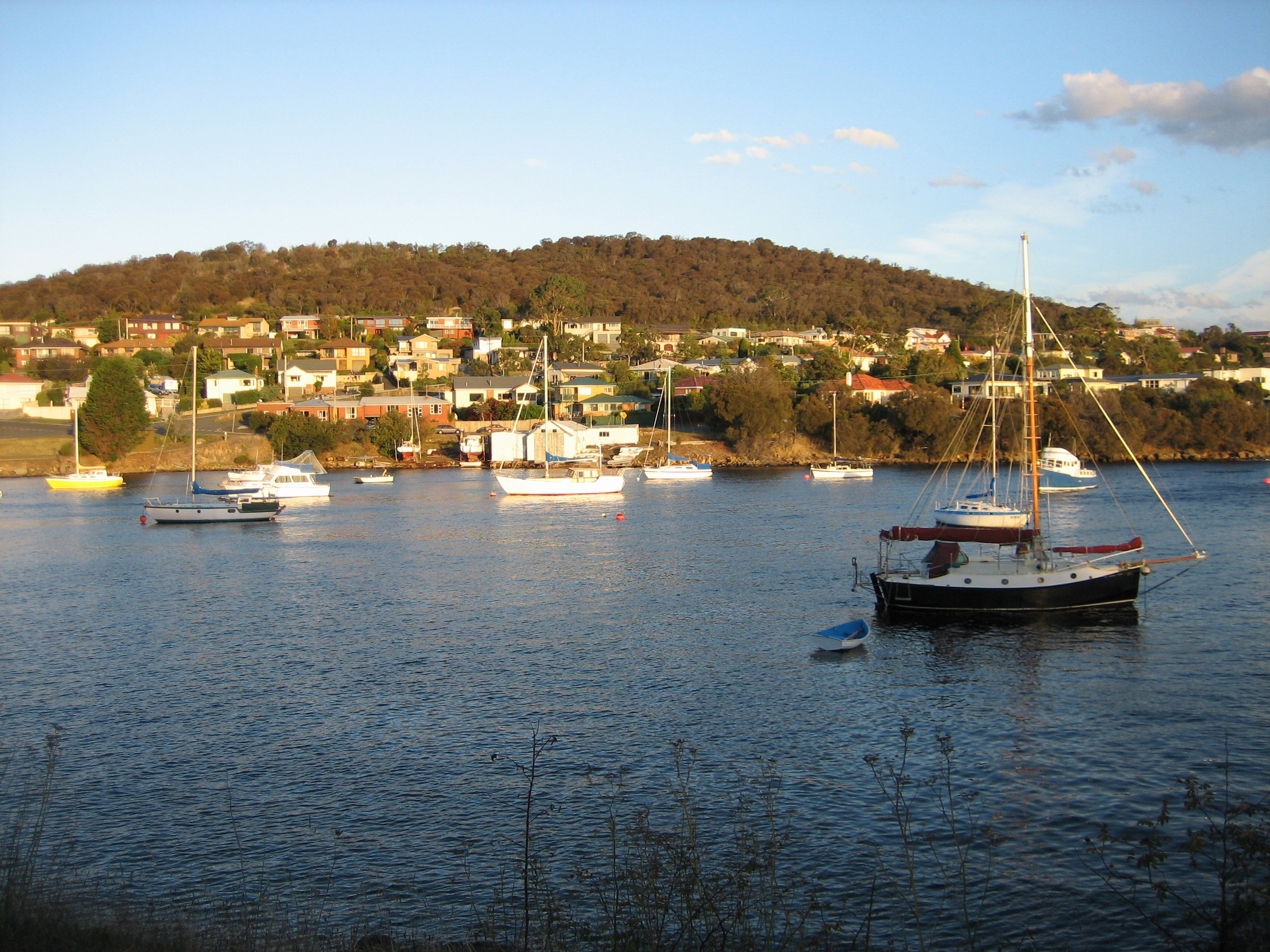The Tas Conservation Trust needs volunteers to help cleanup 600 used car tyres ready for recycling
Where: 294 Old Forcett Road, Forcett
When: On Friday 24 February – 9 am to 12 noon & Saturday 25 February – 9 am to 12 noon
Why:
The owner of this property rescues and rehabilitates horses. The 600 car tyres are a fire hazard for the owner and the horses. The Tasmanian Conservation Trust is paying to have the tyres taken away and recycled by the Melbourne company ‘Tyrecycle’.
But we need volunteers to collect and stack the tyres ready for collection. Some tyres also have dirt inside that needs to be removed before they can be accepted by the recycler. Please come along if you have a spare hour or two.
What to bring:
- Wire brushes or other stiff brushes.
- Gardening gloves.
- Wear sturdy shoes, long trousers, long-sleeve shirt, bring a hat and sun screen.
- Bring your own drink and snacks.
Further information:
Peter McGlone
Tasmanian Conservation Trust
0406 380 545












